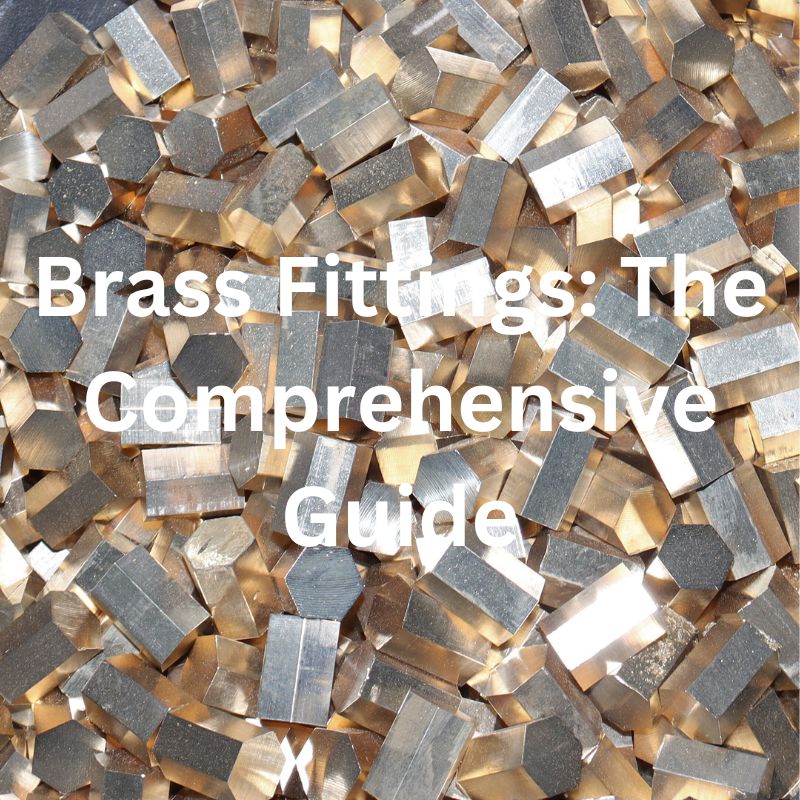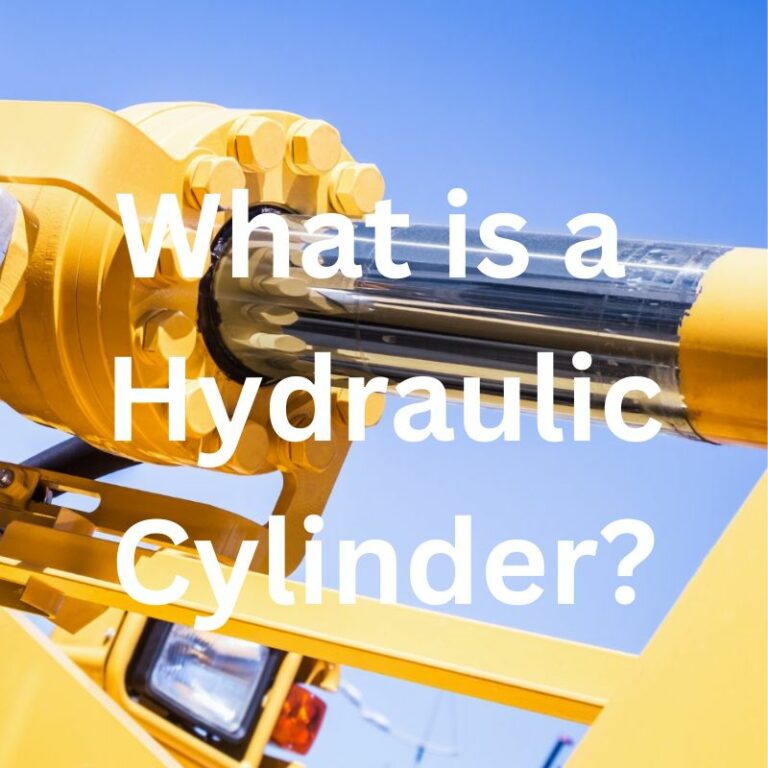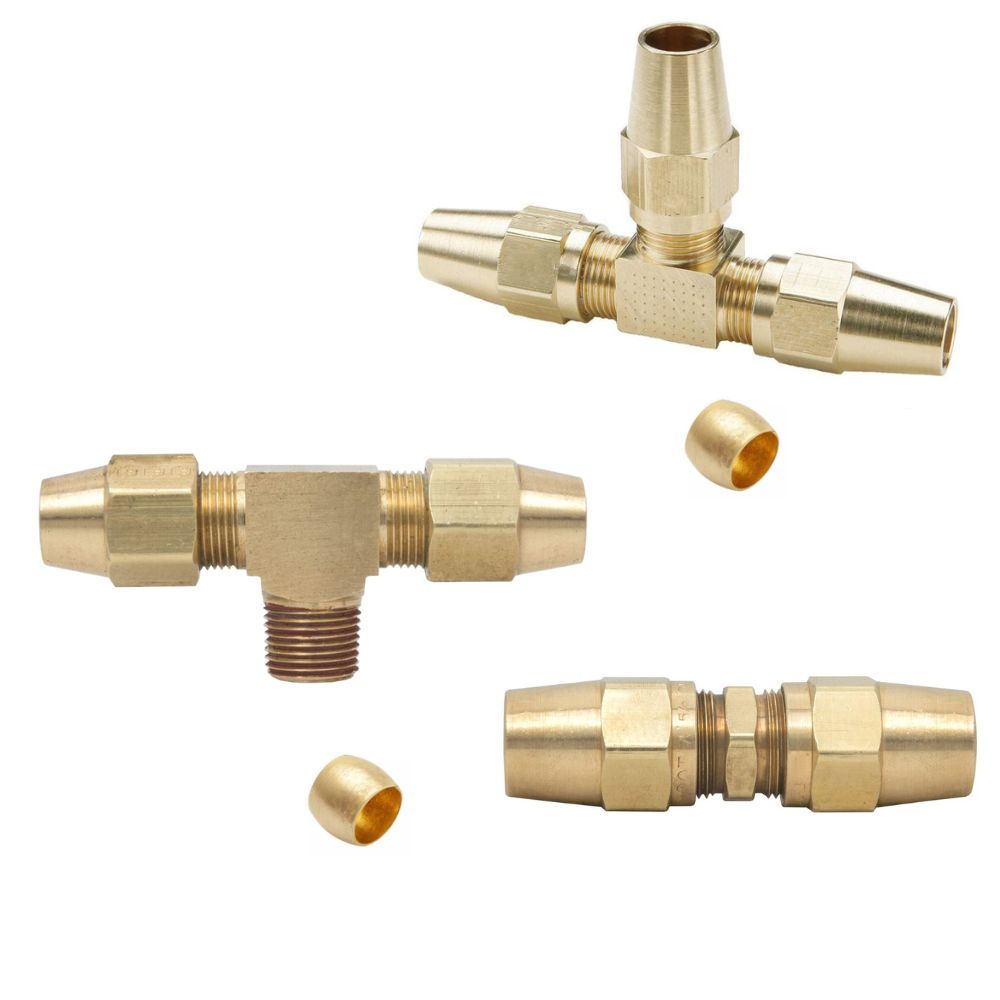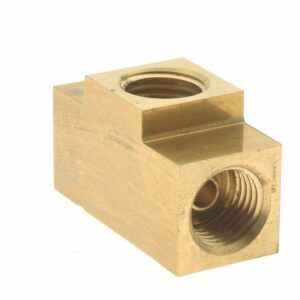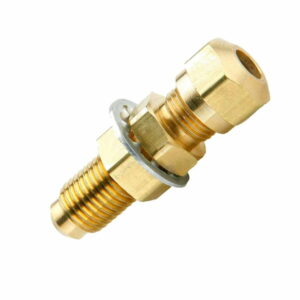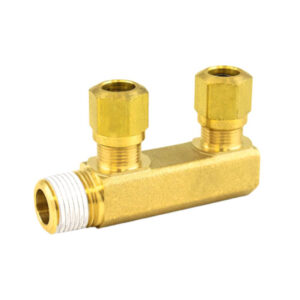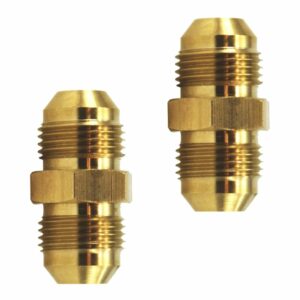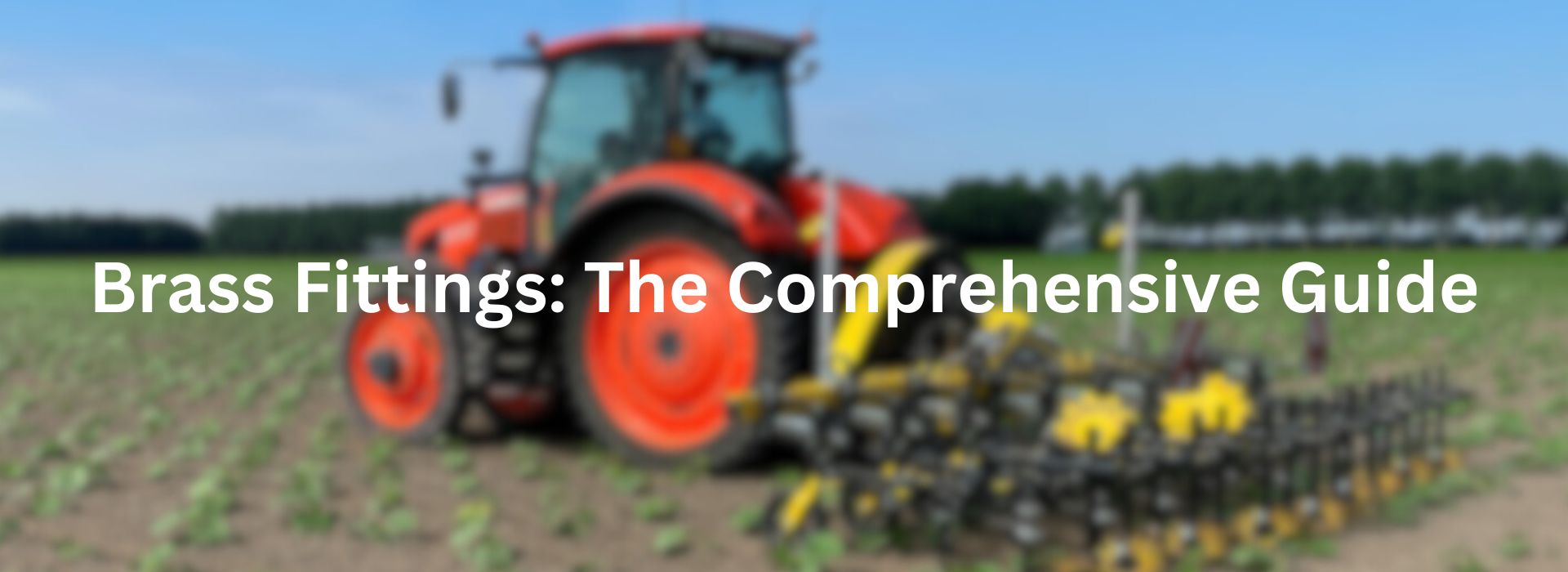
Brass Fittings: The Comprehensive Guide
This guide is designed to give you an in-depth look at brass fitting, from their basic definition to their material composition and even how they compare to other materials like stainless steel. We’ll delve into the various types of brass fitting on the market, their suitability for different hydraulic pressure ranges, and the quality considerations you should keep in mind. This guide will provide you with valuable information. Let’s dive in.
What are Brass Fittings?
Brass pipe fittings are specialized connectors made of brass, a copper-zinc alloy. These components play a key role in connecting pipes or tubes in various systems including, but not limited to, plumbing, heating, and hydraulic systems. The main function of these fittings is to ensure a safe and leak-free connection that allows efficient flow of fluids or gases.
Basic Description
Brass fitting comes in a variety of shapes and sizes. The most commonly used types include elbows, tees, coupling, and threaded fittings. We’ll describe them in more detail below:
Elbows: These fittings are used to change the direction of water flow. They are available in 45-degree and 90-degree angles and are suitable for a variety of applications.
Tees: These are used to divert or merge the flow of water. They are available in both equal and reduced sizes, providing flexibility in system design.
Couplings: Used to connect two similar pipes. Fittings can be permanent or temporary as required.
Nipples: These are short lengths of pipe used to connect two other fittings. They are particularly common in plumbing systems.
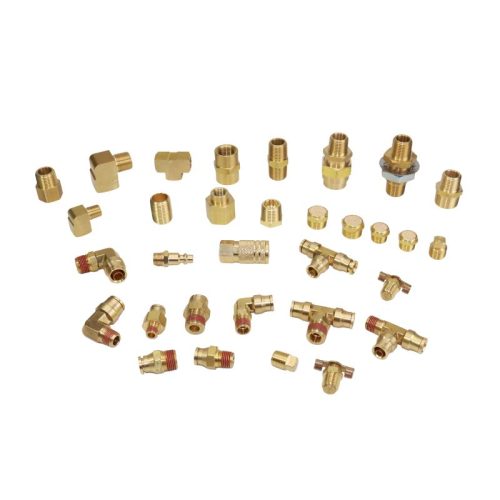
Material Composition
Materials of brass
Brass is basically an alloy of copper and zinc. The ratio between these two elements varies, but a typical modern brass composition may include 67% copper and 33% zinc.
Material Classification
There are different grades of brass, each with its own unique composition and properties. The copper content ranges from 55% to 95% and the zinc content ranges from 5% to 45%. Other elements, such as lead, are sometimes added to improve processability. Different grades of brass have different properties, so there is a big difference in their prices, so when buying brass products, you need to inform the supplier of the grade of brass you need.
Brass vs Stainless Steel
Advantages of Using Brass
Corrosion Resistance: Brass has excellent corrosion resistance, especially in highly corrosive environments. This makes it ideal for applications involving water, chemicals and even the outside atmosphere.
Machinability: One of the outstanding features of brass is its ductility. It is easy to shape and mold, which simplifies the assembly process and reduces labor costs.
Temperature Resistance: Brass can withstand a wide range of temperatures. It is 15 times more thermally and electrically conductive than stainless steel, making it suitable for both hot and cold systems.
Cost-effective: While the initial cost may be higher than other materials, the long-term value and low maintenance of brass make it a cost-effective choice.
Advantages of using stainless steel
Chemical resistance: Stainless steel inherently has greater chemical and acid resistance. This makes it ideal for managing petroleum and highly acidic liquid applications. Its resistance to a wide range of chemicals gives it a versatility that is hard to match.
Durability and Strength: Stainless steel is known for its strength, especially under high-pressure conditions. Some stainless steel fittings are rated up to 10,000 psi, making them suitable for demanding industrial applications. This strength does not compromise durability; stainless steel fittings are built to last.
Saltwater Resistance: Stainless steel is often the material of choice in harsh saltwater environments, such as offshore oil rigs or marine applications. Stainless steel’s resistance to salt water corrosion makes it essential in these environments, ensuring long-term reliability.
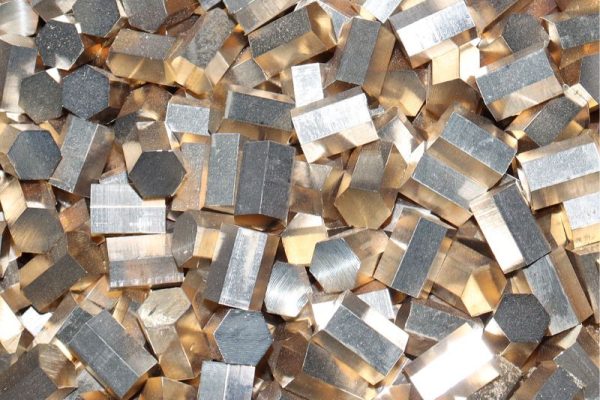
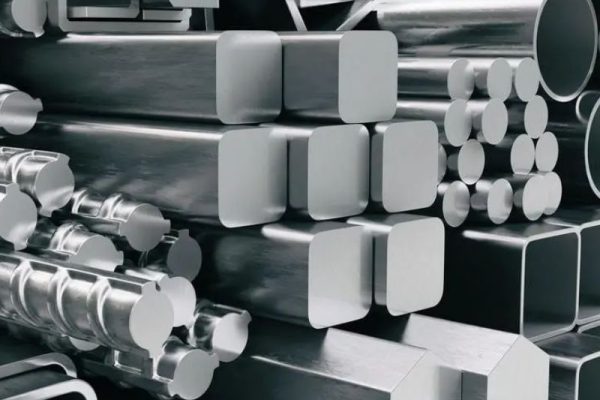
Which is better?
The answer to this question depends largely on the specific application. Brass is generally better for soldering and has excellent machinability and corrosion resistance. Brass is also more cost-effective in low-budget situations where good corrosion resistance is needed but at lower pressures. On the other hand, stainless steel is the material of choice for extremely harsh environments and high pressure applications.
In short, both materials have their unique advantages and disadvantages. Your choice between brass and stainless steel depends on the specific requirements of your application, including factors such as corrosion resistance, temperature range and pressure rating.
Copper and Brass: What is the difference?
Material Composition
Copper is a purely natural metal known for its excellent thermal and electrical conductivity. It is inherently corrosion-resistant and is commonly used in water supply, heating systems, and gas piping. Brass, on the other hand, is an alloy made from copper and zinc. It has many of the benefits of copper but also has its unique advantages.
Manufacturing Complexity
Copper is often more challenging to manufacture in complex shapes. You often see copper fittings in simple shapes like elbows, tees, and couplings. Brass is more malleable and can be manufactured in complex shapes, making it the preferred choice for complex parts like adapter fittings and valve bodies.
Applications
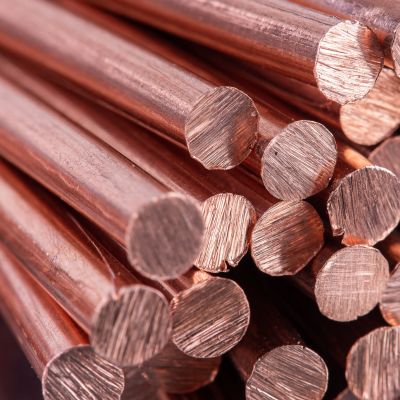
Both copper fittings and brass adapters can be used in a variety of applications such as water, heating, and gas piping. However, brass is more versatile and has a wider range of applications due to its ductility and corrosion resistance.
Compatibility
Brass hose fittings are usually used with copper pipes, but can also be used with plastic pipes with the appropriate fittings. Brass connectors are much more versatile and can be used with a wide range of materials including copper, plastic, and even steel pipes without the risk of galvanic corrosion.
Both copper and brass have their unique benefits and are suitable for different applications. Choosing copper or brass depends on your specific needs.
Brass Fittings Types
Compression Fittings
These fittings are usually cylindrical in shape and consist of an external compression nut and an internal compression ring. Compression fittings are widely used for connecting two pipes or a pipe to a fixture. They are ideal for applications where disassembly is not frequent and provide a reliable, leak-proof seal.
Flare Fittings
Consists of a flare nut and a flared tube end. Flare fittings are designed for high-pressure applications and are commonly used in gas and oil systems. They provide a secure connection and are known for their durability.
SAE 37/45-degree Fittings
SAE 37/45-degree fittings are compatible with a wide range of tubing materials, including steel, aluminum, and certain types of plastic. Always ensure that the tubing material is compatible with the fitting to prevent issues like galvanic corrosion.
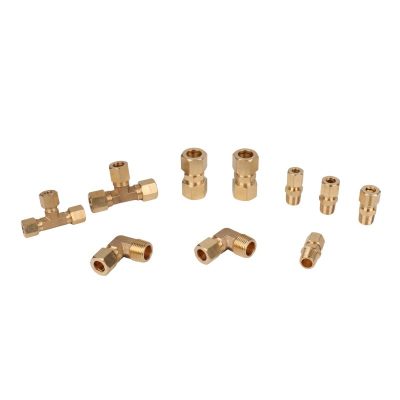
Garden Hose Fitting
Garden hose fittings usually come with a hex or octagonal nut and a spigot end. Consists of a hose end, a coupling nut, and a washer. These fittings are specifically designed for garden hoses and are generally used for low-pressure water systems. They are easy to install and remove, making them convenient for home use.
Barbed Hose Fitting
Barbed hose couplings Have one or more barbs and a threaded end. Barbed fittings are used for connecting hoses to various types of equipment. The barbs provide a secure grip on the inside of the hose, ensuring a leak-free connection.
Brass Swivel Hose Barb Fittings
Brass Swivel Hose Barb Fittings Features a swivel and barb end. These fittings allow for a 360-degree rotation, providing flexibility in hose direction and reducing the risk of hose kinking.
DOT Air Brake fittings
DOT air fittings typically have DOT tubing inside. These fittings are designed to meet U.S. Department of Transportation (DOT) specifications for use in air brake systems and are known for their high quality and safety standards.DOT fittings also come in many different varieties, such as push-to-connect DOT fittings, DOT compression fittings, and DOT reusable fittings.
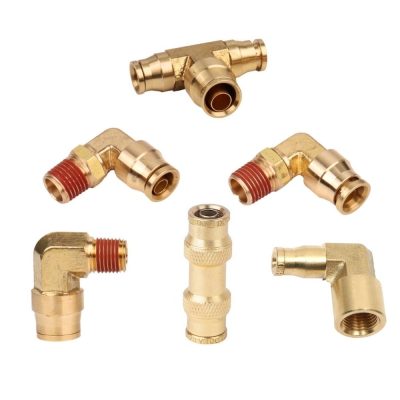
Can brass fittings be used in hydraulic systems?
Of course, you can use brass adapter fittings in hydraulic systems.
Pressure range
Appearance: Brass connectors designed for use in hydraulic systems are robust and usually have threaded ends for a secure connection.
Components: These fittings usually consist of a body, a seal, and a threaded end.
Benefits: Brass fitting is suitable for medium to high-pressure hydraulic systems, providing a reliable, leak-proof connection.
Acid and alkaline environments
Appearance: These brass pipe fittings are usually coated or treated to resist corrosive environments.
Components: Core components remain the same, but may include additional coatings or treatments.
Benefits: Known for its corrosion resistance, brass is an excellent choice for both acidic and alkaline conditions.
What tubes can brass pipe fittings be used with?
Brass pipe fittings are known for their versatility and can be used with a wide range of piping materials. The following are common materials that are compatible with brass adapter fittings:
Cooper pipe
Appearance: Brass adapters are often colored to work with copper pipe.
Components: A simple threaded connection is usually all that is required.
PVC and CPVC Piping
Appearance: Brass fitting is used with white or gray PVC pipe. Special threaded or push-on adapters may be required.
Components: Special adapters may be required when connecting brass couplings to PVC or CPVC pipes. These could be threaded or push-on adapters, depending on the specific application and the type of connection required.
Stainless Steel Tubing
Appearance: The gold color of brass pipe fittings visually contrasts with the silver color of stainless steel fittings.
Components: Threaded connections are common, but ensure compatibility to avoid galvanic corrosion.
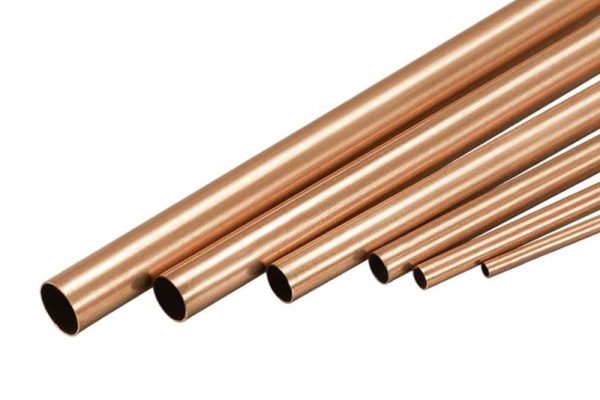
PEX Piping
Appearance: Brass adapters are often used with colored PEX pipes.
Components: Expansion fittings or crimp rings are often used to secure connections.
Galvanized Steel Tubing
Appearance: Shiny brass couplings stand out against the matte finish of the galvanized steel pipe.
Components: Threaded connections are standard, but dielectric fittings may be required to prevent corrosion.
Cast Iron Pipe
Appearance: Brass pipe fittings have a polished appearance compared to the rough surface of cast iron.
Components: Rubber or neoprene gaskets are often used to ensure a tight seal.
How to Choose Brass Fittings
Understanding your application
Before entering the selection process, it is vital to understand the specific requirements of the application. Do you need to cope with high pressures, corrosive environments, or extreme temperatures? Understanding these factors will guide your selection.
The importance of material grade
Different grades of brass offer different strengths, corrosion resistance, and workability. Be sure to check the grade that is right for your application. For example, lead-free brass is ideal for potable water systems.
Check Quality Standards
Look for fittings that meet recognized industry standards such as ASTM, ISO, or other certifications. This ensures that the product has been rigorously tested to meet specific quality and safety standards.
Fitting Types
Brass hose fittings come in a variety of types, such as compression, flare, and barb. Each type has a specific purpose and is suitable for a particular application. Be sure to select the type that meets your needs.
Compatibility
Whether it’s copper, plastic, or steel tubing, make sure that the fittings you choose are compatible with the materials to be connected. Incompatibility can lead to leaks and system failure.
Size and dimensions
Incorrect sizing can lead to leaks and reduced system efficiency. Always measure the size of the pipe or hose to be connected to ensure a tight fit.
Size | Pipa Size |
| Flareless | Straight Thread | 45° | inverted | Compression |
1/16 | 1/16-27 | – | – |
| – | – |
|
1/8 | 1/8-27 | 5/16-24 | 5/16-24 | 5/16-24 | 5/16-24 | 5/16-28 | 5/16-24 |
3/16 | – | 3/8-24 | 3/8-24 | 3/8-24 | 3/8-24 | 3/8-24 | 3/8-24 |
1/4 | 11-18 | 7/16-20 | 7/16-20 | 7/16-20 | 7/16-20 | 7/16-24 | 7/16-24 |
5/16 | – | 1/2-20 | 112-20 | 1/2-20 | 1/2-20 | 1/2-20 | 1/2-24 |
3/8 | 3/8-18 | 9/16-18 | 9/16-18 | 9/16-18 | 5/8-18 | 5/8-18 | 9/16-24 |
7/16 | – | – | – | – | 11/16-16 | 11/16-18 | 5/8-24 |
1/2 | 1/2-14 | 3/4-16 | 3/4-16 | 3/4-16 | 3/4-16 | 3/4-18 | 11/16-20 |
5/8 | – | 7/8-14 | 7/8-14 | 7/8-14 | 7/8-14 | 7/8-18 | 13/16-18 |
3/4 | 3/4-14 | 1 1/16-12 | 1 1/16-12 | 1 1/16-12 | 1 1/16-14 | 1-16 | 1-18 |
7/8 | – | 1 3/16-12 | 1 3/16-12 | 1 3/16 -12 | – | 1 3/16-16 | – |
1 | 1-11 1/2 | 1 5/16-12 | 1 5/16-12 | 1 5/16-12 | – | 1 5/16-16 | 1 1/4-18 |
1 1/4 | 1 1/4-11 1/2 | 1 5/8-12 | 1 5/8-12 | 1 5/8-12 | – | – | – |
1 1/2 | 1 1/2-11 1/2 | 1 7/8-12 | 1 7/8-12 | 1 7/8-12 | – | – | – |
2 | 2-2 1/2 | 2 1/2-12 | 2 1/2-12 | 2 1/2-12 | – | – | – |
Brass fitting size chart
Supplier Reputation
Choose a reputable supplier who can provide material certificates and has a track record of delivering quality products. This adds an extra layer of assurance.
Budget constraints
While prioritizing quality, it is also important to consider the budget. Brass pipe fittings vary in price, and it’s possible to find high-quality options that won’t break the bank.
Ask the Experts
When in doubt, consult professionals or experts in the relevant field. Their insights are invaluable in making the right choice.
Summary
Choosing the right brass adapters requires careful consideration of your specific needs, quality standards, and budgetary constraints. However, with the comprehensive insights provided in this guide, you can make the right choice to ensure system efficiency, reliability, and long-term value.
Thank you for taking the time to read this guide. We hope this guide has provided you with useful information to help you understand the complexities of brass pipe fittings. For further advice or assistance, please feel free to contact us.

